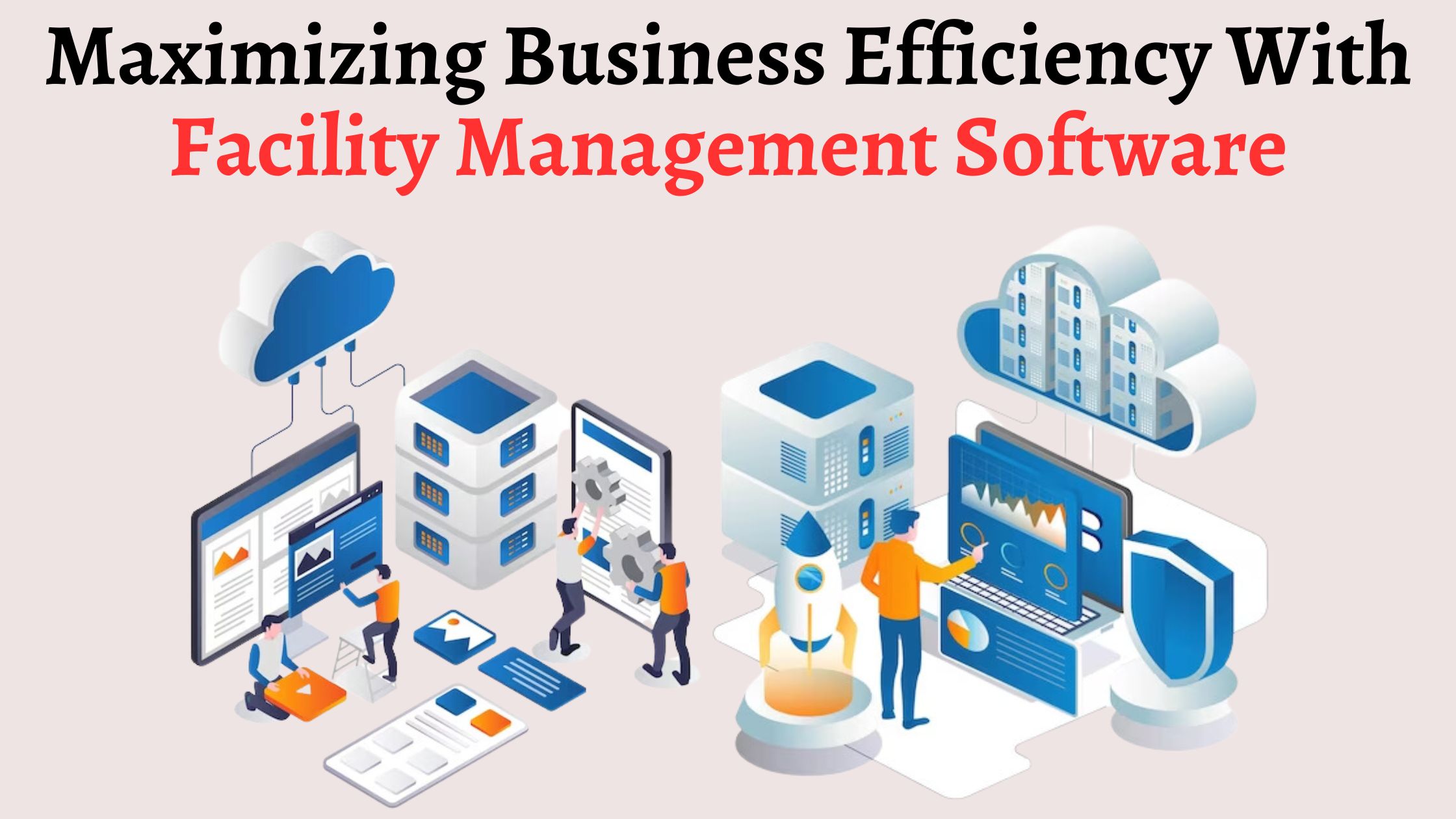Top Benefits of Total Facility Management for Streamlined Procedures
Total Facility Management (TFM) stands for a strategic technique to boosting functional performance by integrating various solutions, such as maintenance and safety and security, under a unified management structure. The concern remains: what details benefits can companies harness from taking on TFM, and just how might these advantages transform their functional landscape?
Boosted Functional Efficiency
Enhanced functional effectiveness is a primary benefit of carrying out total facility management (TFM) methods. TFM encompasses an extensive strategy to managing a center's resources, procedures, and framework, eventually improving operations. By combining different services-- such as maintenance, safety and security, cleansing, and space management-- TFM improves and decreases redundancies control among various operational functions.
The integration of modern technology further amplifies this effectiveness. Advanced facility management systems provide real-time data analytics, allowing facility managers to make enlightened choices that enhance operations and source appropriation. Anticipating upkeep methods, for instance, prepare for devices failings before they take place, reducing downtime and extending possession lifespan.
Additionally, TFM promotes standardized processes across different divisions, making sure uniformity and top quality in solution shipment. This harmony decreases functional disturbances and fosters a more collective workplace. As a result, employees can concentrate on their core duties, driving efficiency and improving overall efficiency.

Cost Decrease and Financial Savings
Applying total facility management (TFM) not only boosts functional efficiency but additionally substantially adds to set you back decrease and cost savings. By settling numerous solutions under a solitary management framework, companies can get rid of redundancies and simplify procedures, therefore reducing functional costs. TFM makes it possible for much better purchase strategies, enabling business to discuss bulk purchasing arrangements with distributors and service carriers, resulting in lower costs.
Furthermore, TFM stresses preventative upkeep, which reduces unanticipated break downs and prolongs the life expectancy of vital equipment. This proactive approach not only lowers repair expenses yet likewise improves the integrity of facilitiess, ensuring uninterrupted operations. Furthermore, power performance efforts, usually a key focus of TFM, cause significant savings on energy bills, as facilitiess are maximized for reduced power usage.
Improved Source Management
Effective resource management is a keystone of total facility management (TFM), enabling organizations to optimize making use of their properties and workforce. By implementing TFM strategies, companies can thoroughly examine their resource appropriation, making sure that every possession is used efficiently and properly. This all natural approach permits the identification of underperforming sources and the capacity for reallocation or enhancement.
Additionally, TFM facilitates the combination of innovation for real-time tracking of sources, which aids in anticipating maintenance needs and stopping costly downtime. By leveraging data analytics, organizations can make educated choices regarding resource release, eventually enhancing efficiency and minimizing waste.
Additionally, TFM promotes a culture of continual renovation, encouraging groups to routinely evaluate and fine-tune their source management techniques. Total Facility Management. This proactive position not only minimizes functional disruptions yet likewise fosters technology, as workers are equipped to suggest renovations based upon their direct experiences with source utilization
Streamlined Interaction Networks
In total facility management, streamlined communication channels play an essential function in fostering partnership and effectiveness throughout groups. Reliable communication makes sure that all stakeholders, consisting of facility managers, upkeep team, and provider, are aligned with functional needs and organizational objectives. By establishing clear lines of interaction, groups can swiftly resolve concerns, share updates, and execute solutions, thus reducing downtime and boosting efficiency.
With streamlined interaction systems, details is easily obtainable, enabling for real-time updates on maintenance requests, resource allocation, and project timelines. This openness not just lowers misunderstandings but likewise empowers workers to make informed choices rapidly. Furthermore, streamlined interaction facilitates much better coordination throughout emergencies, guaranteeing that all personnel are educated and can respond immediately.

Increased Concentrate On Core Activities
A crucial benefit of total facility management go to the website is the raised concentrate on core activities, enabling companies to focus on their key business goals - Total Facility Management. By contracting out non-core functions such as upkeep, cleansing, and protection, companies can reroute their resources and energy towards tactical efforts that directly add to their competitive benefit and development
Total facility management integrates numerous operational jobs under a single umbrella, cultivating efficiency and reducing redundancy. This debt consolidation not just simplifies processes yet likewise boosts accountability, ensuring that every aspect of the facility operates harmoniously without diverting interest from what absolutely matters-- core business functions.
Furthermore, this approach enables staff members to commit their effort and time to tasks that drive advancement and improve client complete satisfaction, as opposed to getting bogged down by operational challenges. With a reliable facility management companion dealing with everyday operations, organizations can attain higher dexterity, react swiftly to market modifications, and preserve a sharper concentrate on their mission.
Eventually, increased emphasis on core activities causes boosted total performance, allowing organizations to enhance their market setting and fulfill their strategic goals a lot more successfully. - Total Facility Management
Conclusion
In verdict, Total Facility Management significantly improves operational effectiveness by settling crucial solutions and leveraging information analytics for educated decision-making. Price reductions and boosted resource management add to total cost savings, while streamlined interaction networks foster collaboration among stakeholders.
Total Facility Management (TFM) represents a calculated method to improving operational efficiency by incorporating numerous solutions, such as upkeep and safety, under a unified management framework.Enhanced operational effectiveness is a key benefit of executing total facility management (TFM) methods. Advanced facility management systems offer real-time information analytics, allowing facility managers to make enlightened directory choices that enhance process and resource appropriation.Carrying out total facility management (TFM) not just boosts operational why not try these out performance however also dramatically contributes to cost reduction and cost savings.Effective resource management is a foundation of total facility management (TFM), enabling organizations to maximize the usage of their properties and labor force.